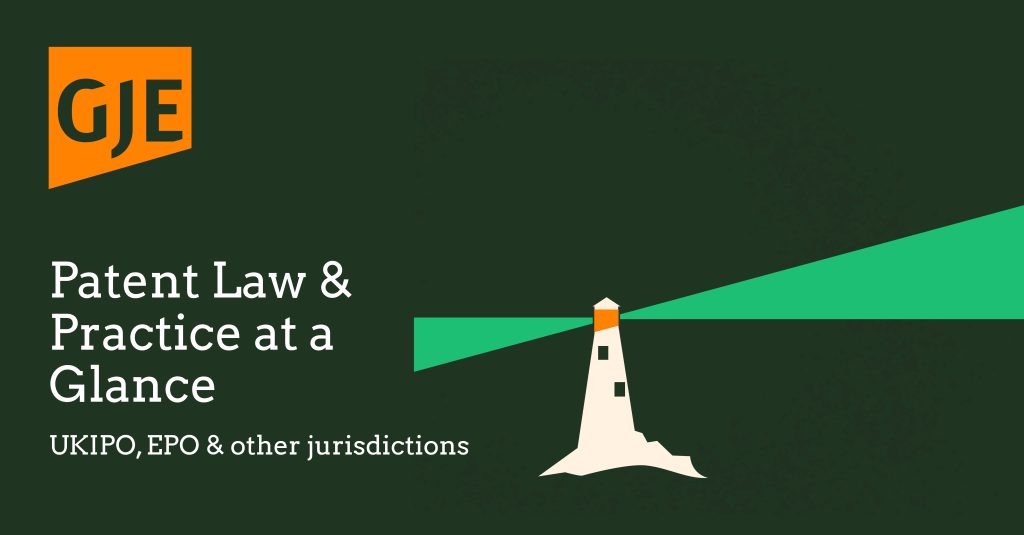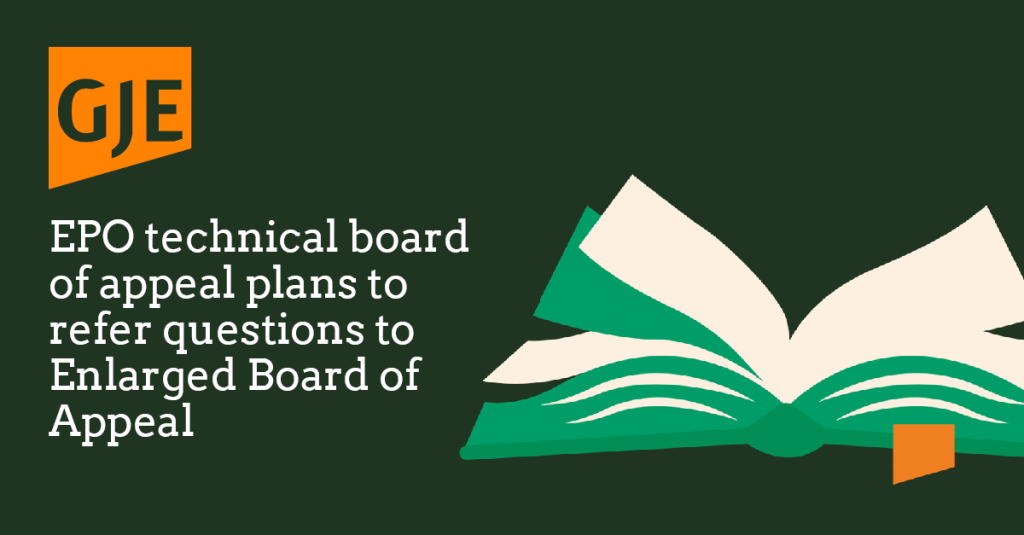
In the recently issued decision T 56/21 of the Technical Board of Appeal 3.3.04 of the EPO, it has unexpectedly decided not to refer to the Enlarged Board of Appeal questions about the long-standing EPO practice of requiring that the description of European patent applications be amended before grant for consistency with the allowed claims.
A referral to the Enlarged Board of Appeal was expected following the Technical Board issuing a preliminary opinion indicating that it was likely to refer a question to the Enlarged Board. However, in its final decision it has held that there is no basis for this requirement in Article 84 EPC, nor in Rules 42, 43 and 48 EPC, which have often been cited in support of this practice.
The decision includes comments on claim interpretation which, if followed by other boards and the EPO, could have wider implications.
Background
A Technical Board of Appeal (TBA) of the European Patent Office (EPO) had an appeal before it (T 56/21) and had indicated that it was likely to refer a question to the Enlarged Board of Appeal (EBoA) in order to establish legal clarity.
The question was whether, in line with long-established EPO practice, the description of a patent application had to be amended to conform to the scope of the claims which had been limited during prosecution of the application.
Specifically, the Board considered a decision of the Examining Division to refuse a patent application based on a description that contained subject matter which fell outside the scope of the claims, and which arguably rendered the application unclear.
In the appeal in question, the same description was maintained, hence the TBA initially indicated that a referral to the EBoA was likely in order that a review of this point of law could be clarified. The question was essentially whether Article 84 EPC (clarity) provides a legal basis for objecting to an inconsistency between what is disclosed as the invention in the description/drawings compared to the claims, and for requiring removal of said inconsistency by amending the specification. The appellant agreed to the referral.
In a surprise volte face, the TBA has ordered the EPO’s Examining Division to grant the patent without requiring an amended description. This is on the basis that the TBA deemed the fundamental question clear enough that it refrained from a referral to the EBoA.
Consequences
While the decision puts an end to the T 56/21 appeal proceedings, it leaves open the question of whether other TBAs and tiers of the EPO will adopt the same approach. If they do not, a referral of a question to the EBoA appears probable.
For the time being, we expect the practice of amending descriptions to conform with the allowed claims to continue. As such, Examining Divisions and Opposition Divisions of the EPO may be inclined to follow the existing Guidelines for Examination, and require amendment of the description. Consequently, applicants and patentees would be well advised to accede to this requirement in order to facilitate grant/revalidation.
If the T 56/21 decision is followed by other TBAs, it reinforces the concept of the primacy of the claims in determining the scope of the claimed invention. Nevertheless, T 56/21 covers a number of aspects relating to claim interpretation, and the consequences for national courts and the UPC when assessing the scope of claims for the purposes of determining infringement as well as patentability.
However, the time for other TBAs to follow or depart from the tenet of T 56/21 may be cut short. The EBoA decision G 1/24 is due to be issued in the next year or so. This decision is likely to have far-reaching consequences on the extent to which the description and figures may be used to interpret the claims. As such, it is anticipated that the EBoA decision will have relevance to a number of the issues addressed by the T 56/21 decision.
Although the EBoA is not bound by T 56/21, it would be surprising if it fails to consider it when giving its decision. So G 1/24 may answer some of the questions raised in T 56/21, or just highlight existing inconsistencies. As such, don’t be surprised if we get a further referral to the EBoA on the issues raised in T 56/21 at some point in the near future.
We will be reporting as G 1/24 progresses, so follow us on LinkedIn for further G 1/24-related news and insights. In the meantime, please contact Arnie Clarke if you would like to discuss the potential relevance of T 56/21 to your business, or email gje@gje.com.


